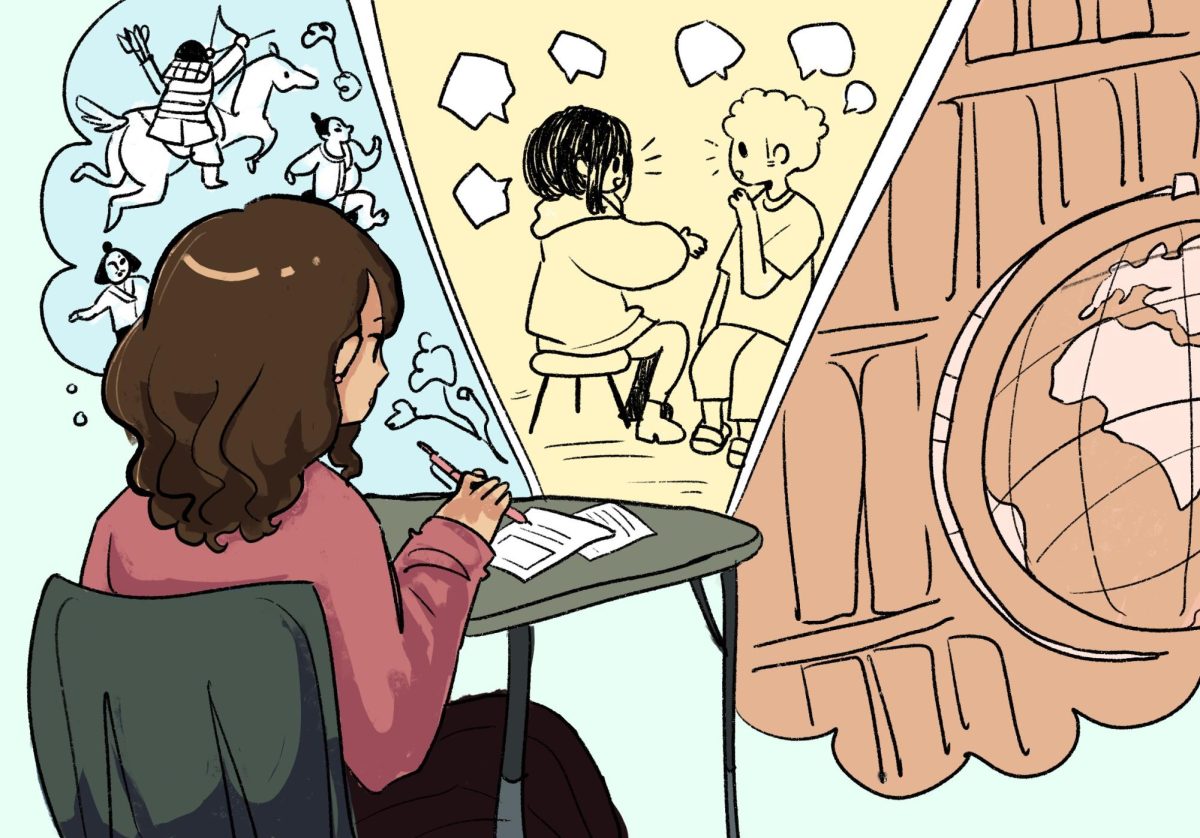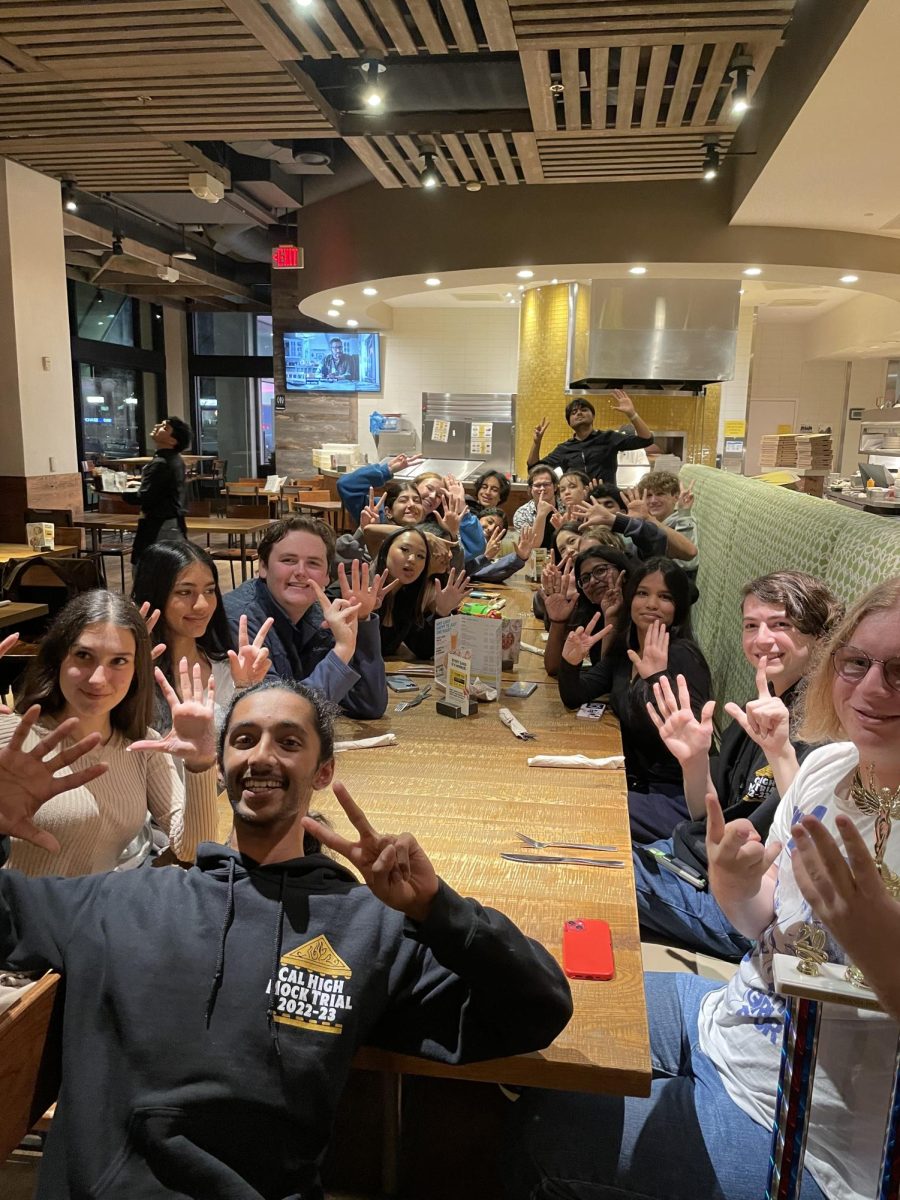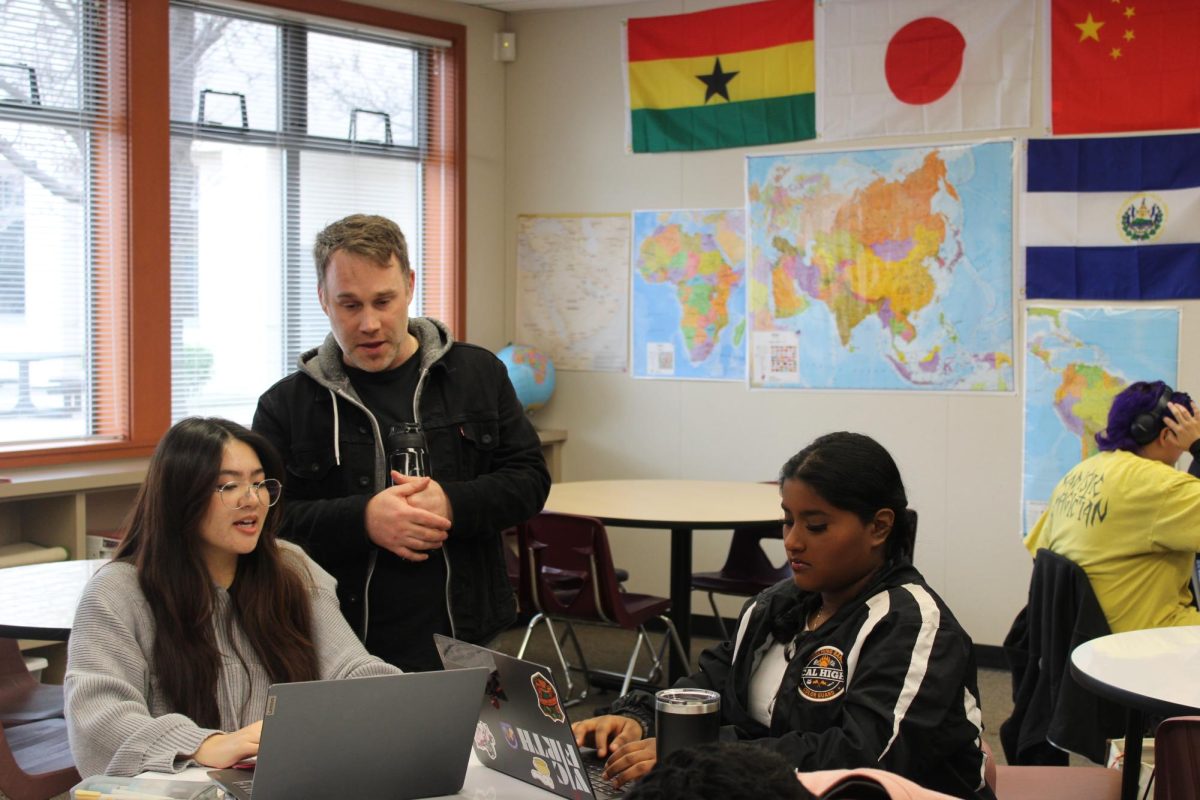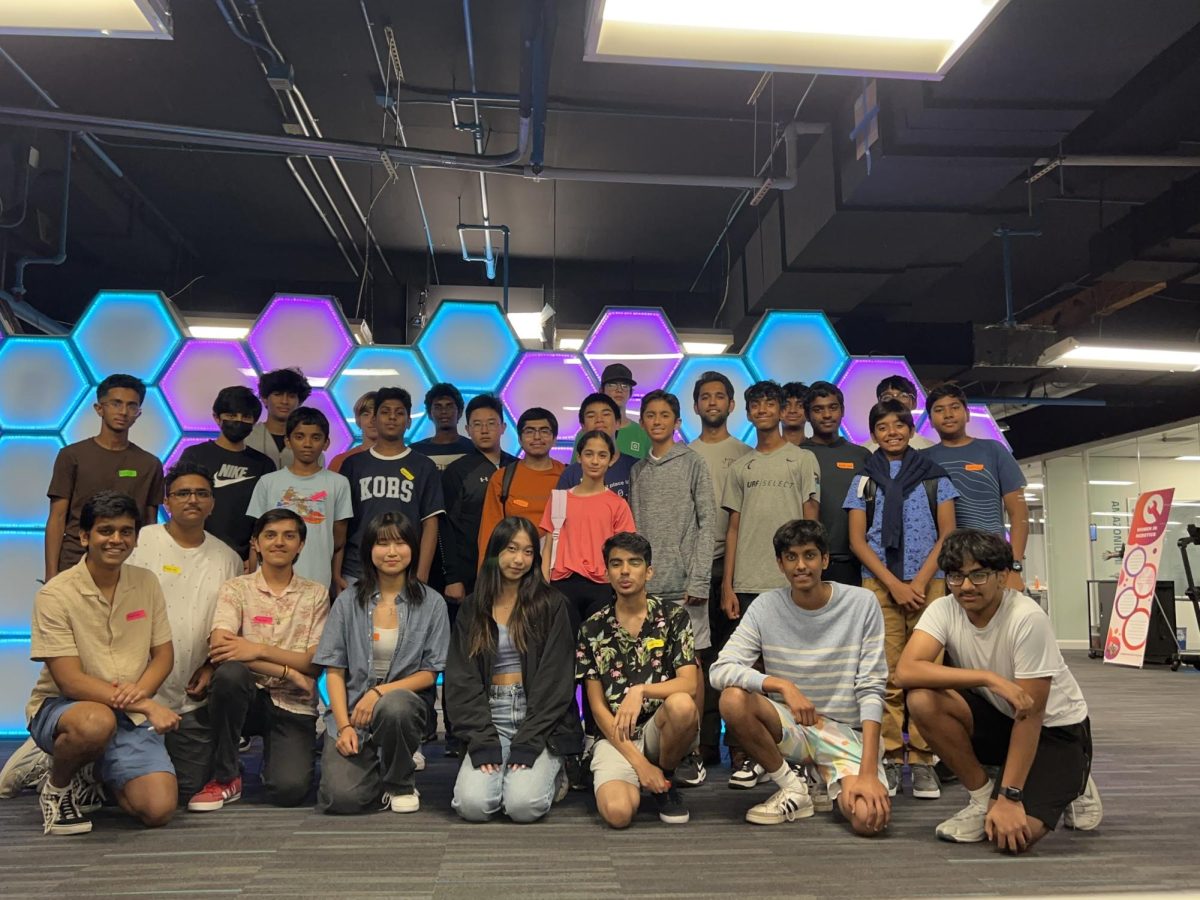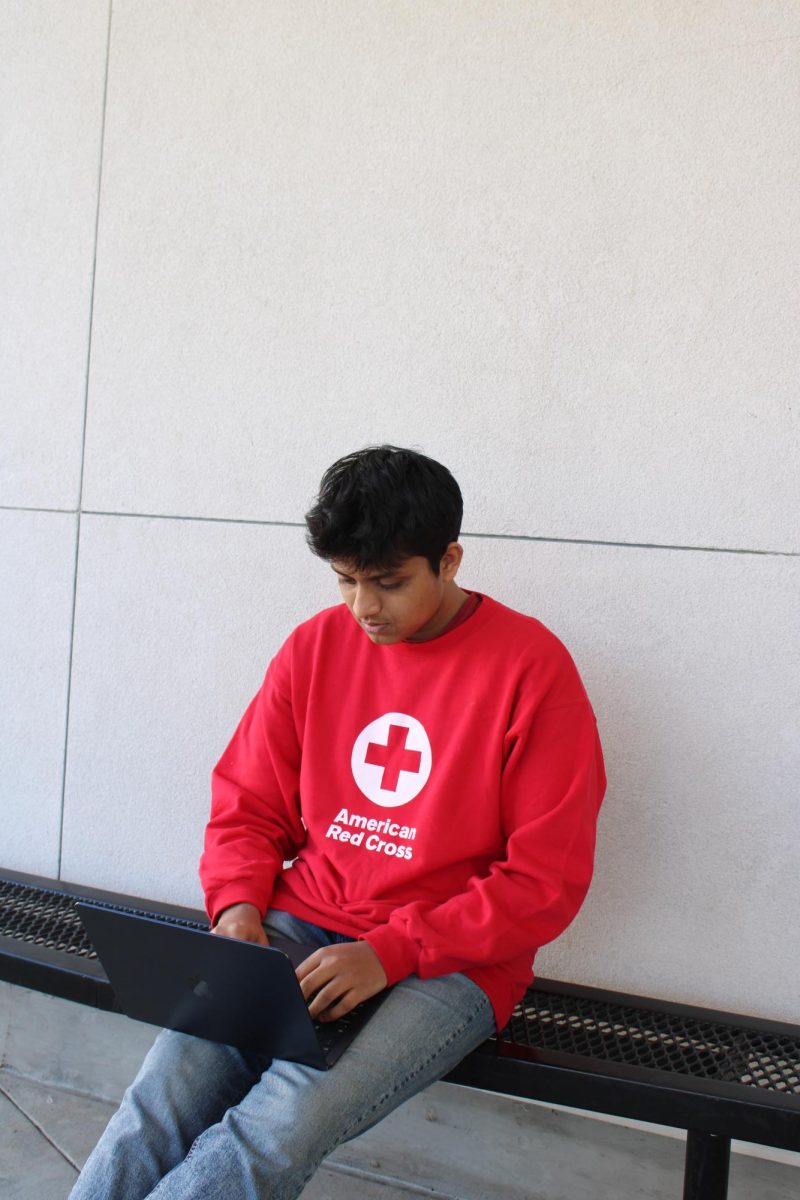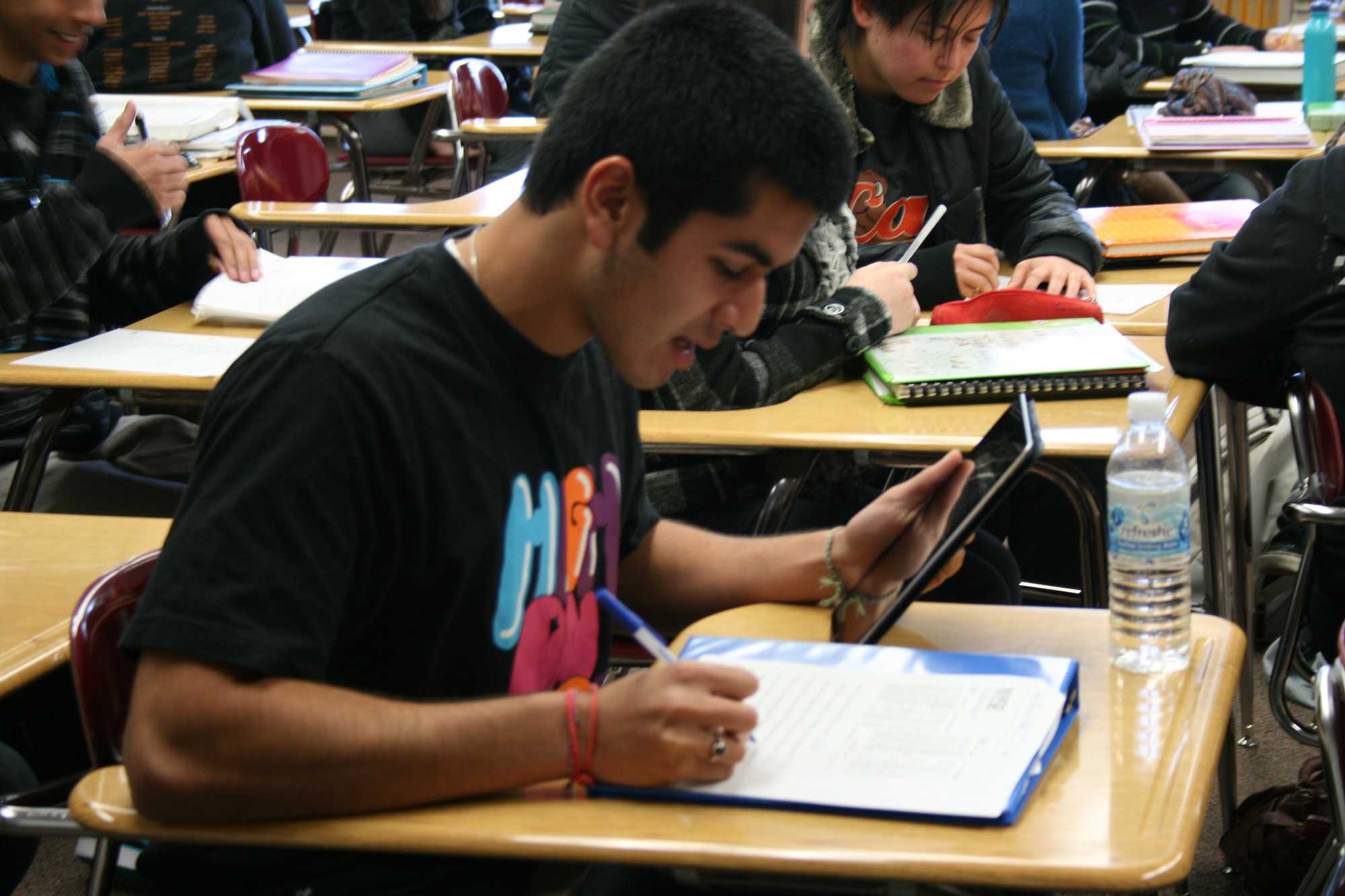
Tiffany Liao
Staff Writer
The older students get, the more overwhelming their textbook load becomes.
To counteract this, students have picked up light e-books on their smart phones and electronic readers to help them lighten their load.
Many students have been using readers for leisure because of their small size. They are easy to carry around and can hold up to a thousand books.
But some Cal High students have started to use their readers and even smart phones to help them in school.
Junior Olivia Morgan uses her iPhone to read her independent reading books assigned by her English teacher.
“I believe that it helps me excel in school because it is easier for me to get the reading done when I have the book with me at all times on my phone,” said Morgan. “Also, you don’t have another possibly heavy book to carry around campus.”
Ever since she started using her phone for reading, Morgan has realized that she has read many more books than usual.
Other students use their readers because buying an e-book is relatively cheaper than buying a paper copy.
“An advantage to the Kindle is that most times books are cheaper than if you bought a paperback,” said junior Tarrant Starck. “There are a lot of free books you can get by looking at amazon.com.”
Readers also allow students to search up unfamiliar words, and this helps students’ reading comprehension skills.
English teacher Sean King has students use readers in his class. He especially likes what these devices do to help students with reading comprehension skills.
“E-books are cool for vocabulary,” said King. “They help (the students) understand the text better.”
Other than vocabulary, King finds that the reference tools can help students too.
Another English teacher, Theresa Pacheco, believes that Kindles help students highlight, underline and define important terms easily.
Pacheco hopes that more books and school textbooks will one day become available as e-books for students.
“It would be great if there was an opportunity for students to have Kindles instead of checking out novels from the textbook room,” said Pacheco.
Despite all the advantages of using readers, students have also found some flaws when reading e-books.
“One disadvantage is that it is harder to find certain sections of a book if you need to go back and refresh on a excerpt,” said Morgan.
Another downside to readers, some of which can be quite costly, is it’s another valuable carried around daily.
“It is yet another expensive object that you could lose if someone steals your backpack,” said Starck.
Although e-books may be good for independent reading, King does not encourage students to use them for school work.
“We are usually on the same page for everyone, but if they have e-books, they will have trouble finding the pages,” said King.
Some students think e-books do not provide the personal and distinct feel of real books.
“I find reading to be an enjoyable, personal experience,” said senior Brittany Skolnick. “With the Nook, I find it lacks the personal feel and the tangibility that comes with holding a book and manually turning the pages.”
Readers are still gradually making their way into students’ daily school routines, but it is unquestionable that they have been helping many students read more books in their leisure time. And it is only a matter of time before they enrich and enhance students’ academic lives as well.
